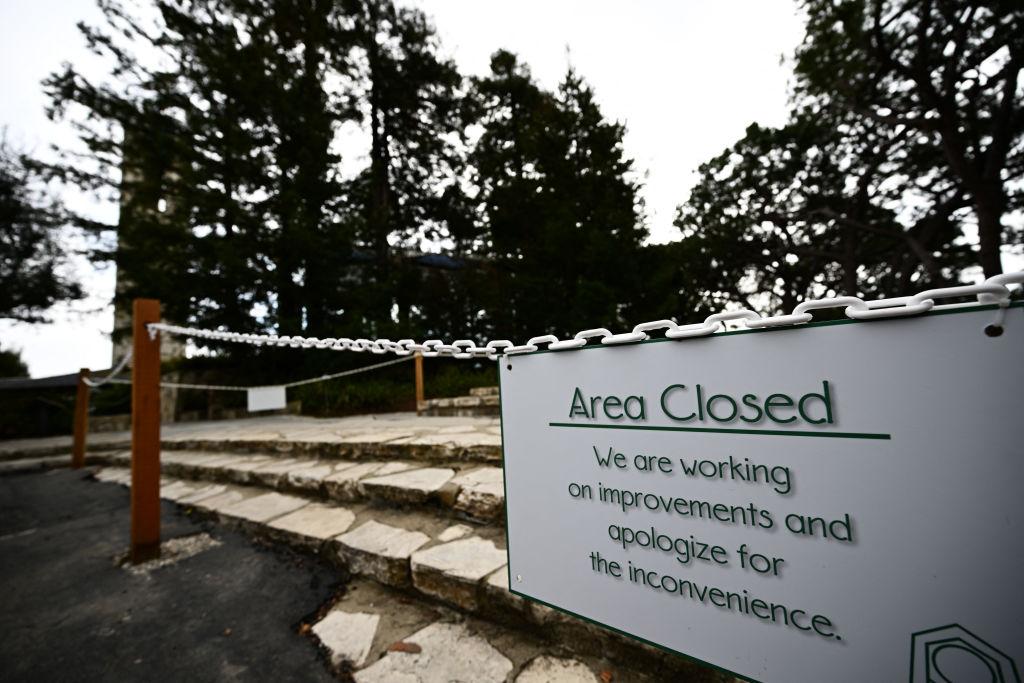A Southern California city that sits atop an ancient—yet active—landslide now faces a new problem as city geologists have discovered land movement deeper underground than initially expected, which they say changes everything.
“We now realize it is this larger, deeper, slip plane that is moving, which is why our project that we’ve been working on since 2017 ... has to change,” Rancho Palos Verdes City Manager Ara Mihranian said during an Aug. 20 city council meeting.





